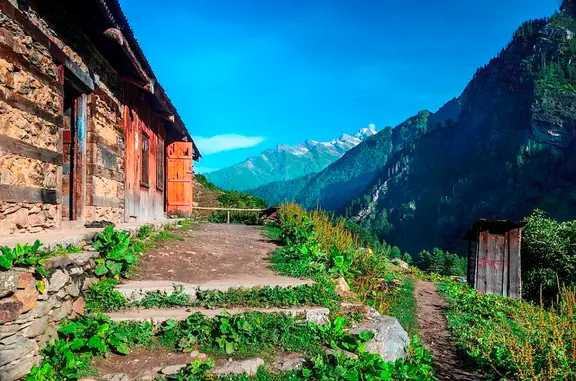How To Get Fit For The Himalayan Trek
Trekking requires good mental & physical fitness. Here are some tips & tricks to get fit before embarking on your first Himalayan trek. Trekking in Indian Himalayas with right preperation.
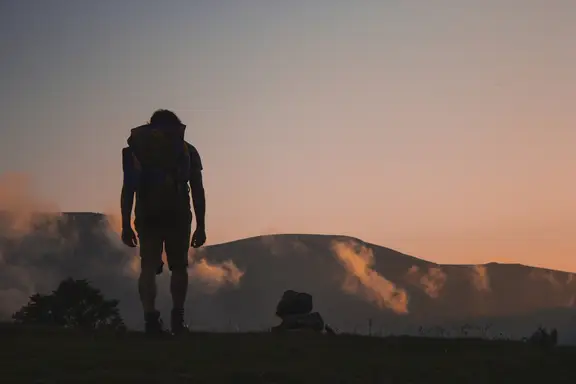

Treks can be hard but really enjoyable at the same time. Though without any pre-trip training and some good level of fitness, trekking can really be a pain. The preparation for trekking could be tough and sweaty but you know what, in the end, it would be you who would be enjoying the jaw-dropping results when you are able to trek up to the mountain and experience beautiful, pristine, untouched scenery which no one would have imagined. Once you are prepared beforehand with a healthy body and dedicated soul nothing can stop you from enjoying your trek.
What we assume is that the people trekking in the Himalayas are either athletes or mountaineers. But that's not true. They are just normal people like everyone else. The only difference between us and them is the mental toughness they have cultivated in themselves in order to trek in the Himalayas. Apart from a fit body what we require is a tough and undefeatable soul. The combination of these two would result in making us experience a trip of a lifetime.
But before deciding how shall we prepare for the trek we need to decide the perfect time for preparing for our trek so that we are neither too late and nor too early. You should begin anywhere from 3-6 months before your journey. However, this is completely different for every trekker and it will depend on what route you will take.
Moreover, if you have already climbed or hiked at extreme elevation or completed multiple long-distance hikes, then you'll be in good stead to start your preparation for the Himalayan trek. And in case if hiking and trekking is a new-found passion for you, don't worry, as it's never too late to start training and preparing your body for this journey.
Most importantly, the biggest mistake that trekkers or mountaineers can make is assuming that exercising regularly at a lower elevation will equate to suitable conditioning to trek through the Himalayas. Unfortunately, that is not the case, which means you will need to put in some hard yards before your trek.
You may also like : 14 Health Benefit of Trekking and Hiking
Now let's look at some steps given below in order to get fit for our trek in the ultimate Himalayas:
1- Simple Walking

Walking isn't tough unless it's a 10 kilometers walk per day. Yes you heard me. The first step of your preparation for the Himalayan trek would be to walk 10 km every day. If that creates a problem for you( which would be the case in the early days) then, my friend, you have to improve your stamina. So for this, you can start with small distances like 2 kilometers the first day, then 3 or 4 kilometers the second and then go on to 5 or 6 kilometers the third day till you build up your capacity for walking 10 kilometers a day. I know it sounds hard but believe me this way you would be able to walk 4 to 6 hours comfortably before you leave.
2- Improve Flexibility

Body Flexibility is really an important part of the trekking process. If you aren't flexible enough, you won't be able to retain your body much longer in the trekking process. So for improving your body flexibility you can start with basic stretching of your legs with the help of cycling or playing soccer, football or even swimming. Apart from all of this you can also perform leg-based cardio in your initial days and then workout in the gym with squats and lunges.
3- Building stamina

One of the most important needs of trekking is to have good stamina. Some of the ways to build your stamina are to run, cycle, use cross-train. Even Aerobics and Zumba are helpful if you do it at least 30 minutes three times a week at a fast pace. Along with that, Jogging can be done inside a park or on a treadmill. But avoid jogging on the concrete or tarred surface and use a properly cushioned running shoes. You can initially try to cover 3 Km in 20 minutes and later 5 Km in 30 minutes. Cycling is another effective way to increase your aerobic capabilities and to improve your stamina. You can also start with Jogging inside a park or on a treadmill.
4- Mental Peace

In the preparation of trekking what we usually ignore is our mental preparation which is a very important part of the pre-trip training procedure. We would be facing many extreme situations where we will want to give up as our body would be physically exhausted, and here the mental strength shall barge in like a Superman and saving us from all the negativity would help us regain positivity. For this, we can prepare our minds by repeating mantras or even performing meditation which can be a great tool to train the mind.
5- Daily Routine

We need to specially make some changes in our daily routine which shall not only be our exercise but also our diet and regular habits. If you are a chain-smoker you need to give rest to your lungs and avoid smoking as much as possible. Include vitamins, minerals and especially tons of water in your diet. This would help you gain strength internally. On the other hand, external fitness can be gained only with the help of regular exercise and meditation.
6- Healthy Diet

Apart from just being externally fit, you need to make some grave changes in your diet in order to improve your build and stamina for the trek. You should include a lot of fruits, vegetables and tons of water in your diet to gain internal strength.
7- Optimizing Your Sleep

Sleeping is really essential for a fatigued body so strive to get at least eight hours of sleep a night during your training. People often have trouble sleeping at higher altitudes, and diminished sleep will make your expedition much more challenging.
8- Always Staying Hydrated

Water is really essential for your body while trekking for long hours. Running low on fluids diminishes your endurance, contributes to fatigue, and makes you more susceptible to getting altitude illness. Also, focus on staying well hydrated during your training.
9- Right Choice of Shoes

Though you might consider it unimportant, the right choice of shoe matters a lot in your trekking. So you need to invest a good amount in a good pair of trekking or hiking boots, and appropriate socks. New boots must be worn before leaving for the trek. Wear them around the house, on the way to work, etc, and then on longer trips. Once they have confirmed to the shape of your feet there is less likelihood of getting blisters and shoe bites. Even if you're only doing an hour around the park or streets put your rucksack and boots on, you may look silly but it's worth it.
10- Try walking on Hilly Terrain

While trekking you won't be walking on a flat surfaced floor instead there would be unleveled grounds with rocks of different shapes and sizes. If you're heading to Everest, aim to train on steep, rocky terrain and loose shale; if it's Kokoda, try to find muddy paths. It's really important you prepare your feet, ankles, and knees for the stress they'll experience on the trip.
Trekking should be fun it should be enjoyed and not thought of as a rugged and rigorous task. The goal should also never race to a destination. The moment you think it's a race and wants to go ahead of everyone, you are putting yourself into trouble and in the process, you would miss the wonderful sites and experienced around you along the way. And after all of this, you will get to know exactly how strong your body is.
Similar Blogs

How To Get Fit For The Himalayan Trek
Trekking requires good mental & physical fitness. Here are some tips & tricks to get fit before embarking on your first Himalayan trek. Trekking in Indian Himalayas with right preperation.
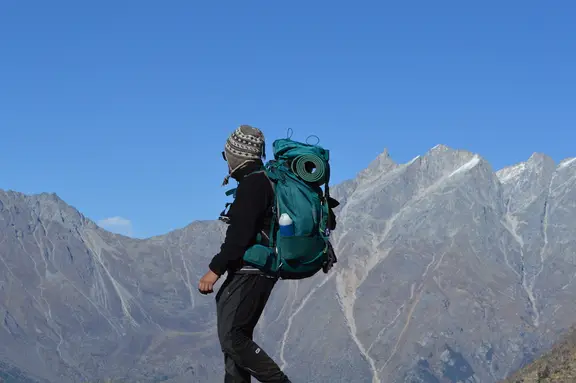
How To Choose Your First Himalayan Trek
The best time to do a trek. Choosing the right trek in right season. How to choose your first Himalayan trek.
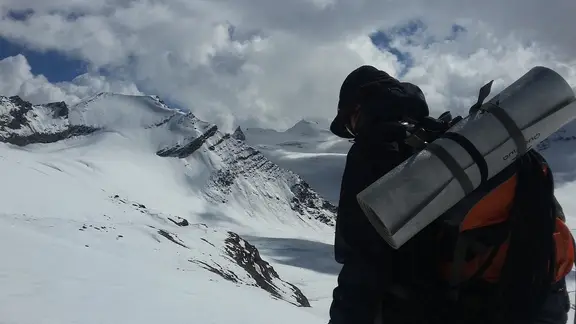
Reasons You Should Start Trekking
Here is an article to understand the reasons why you should start trekking. Know the benefits of trekking & plan your next adventure now.
Related Treks & Activities
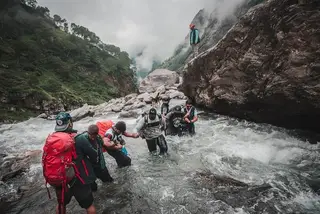
Hampta Pass Trek
Hampta Pass Trek 2025 - Chandratal Lake Trek | Moxtain
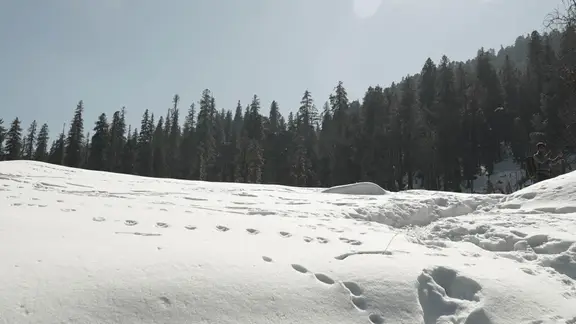
Dayara Bugyal Trek
Dayara Bugyal Trek 2025 - 6 Days Trek | Moxtain
